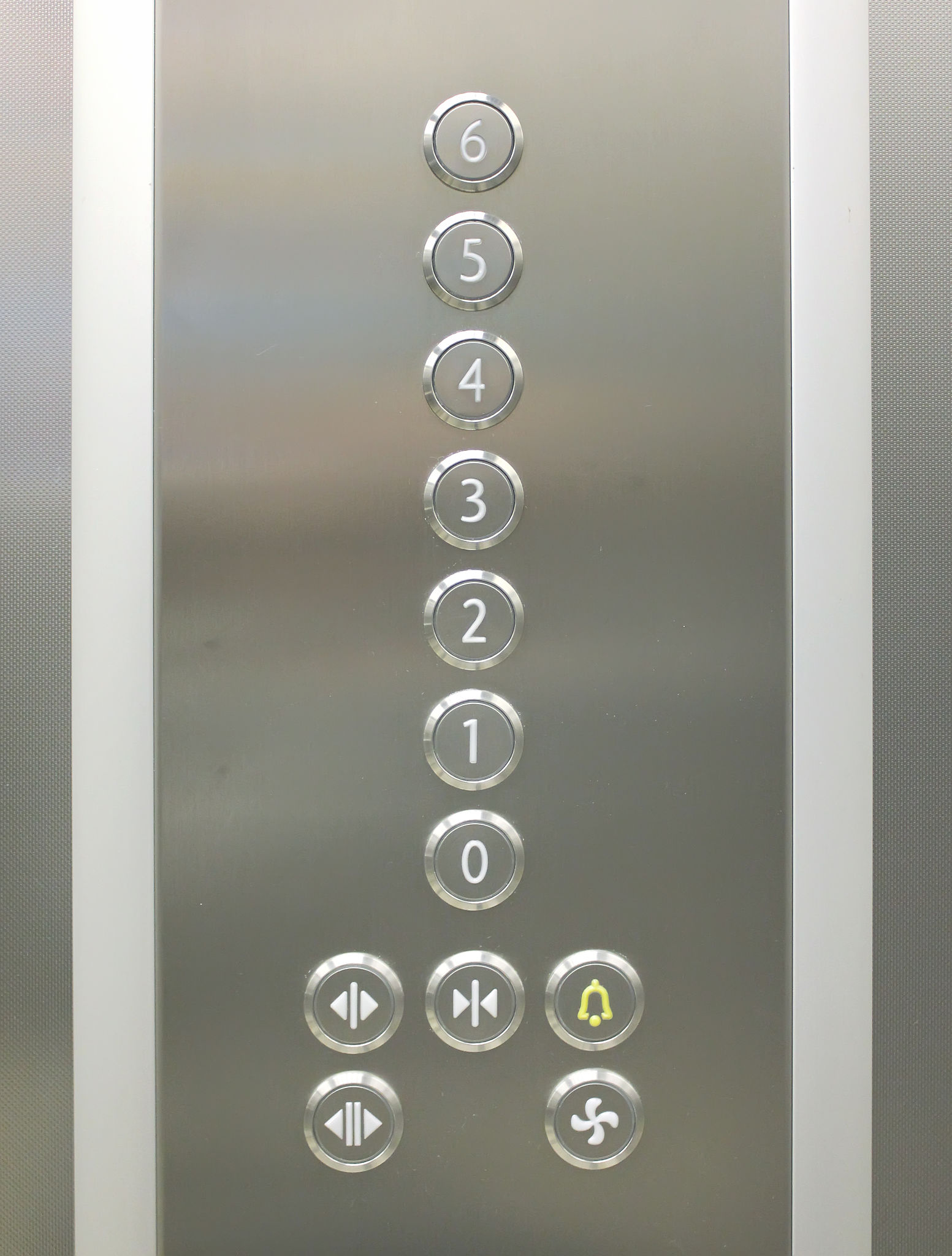How to Troubleshoot Common Elevator Issues in High-Rise Buildings
Understanding Common Elevator Issues
High-rise buildings rely heavily on elevators to ensure smooth and efficient transportation for residents and visitors. However, like any mechanical system, elevators can encounter issues that may disrupt their operation. Understanding these common problems is the first step in effective troubleshooting.
Some frequent elevator issues include sudden stops, unusual noises, slow movement, and doors failing to open or close properly. While these problems can be inconvenient, many can be addressed with a thorough inspection and basic troubleshooting techniques.

Diagnosing Electrical Problems
Elevators are powered by complex electrical systems, which can sometimes be the source of operational issues. If an elevator is unresponsive or erratically stopping between floors, the problem might be electrical. Start by checking the control panels and circuit breakers to ensure everything is in working order.
Another common electrical issue is power surges, which can cause elevators to malfunction. Installing surge protectors can help prevent these interruptions and maintain the reliability of the elevator system.
Inspecting the Control Systems
The control system coordinates all elevator functions, and any faults here can lead to significant issues. Inspect the control panel for any error codes or warning lights, which can provide valuable insights into what might be wrong. Regular maintenance checks can preemptively address many control system issues.

Mechanical Failures and Their Solutions
Mechanical failures are another common cause of elevator issues. These can include worn-out cables, misaligned tracks, or faulty pulleys. Regularly inspecting these components for wear and tear can prevent unexpected breakdowns.
If you notice unusual noises or vibrations during elevator operation, it's crucial to address them promptly. Lubricating moving parts and ensuring that everything is aligned correctly can often resolve these concerns.
Addressing Door Malfunctions
Doors that refuse to open or close properly are a frequent complaint among elevator users. This issue can stem from sensor misalignments or obstructions in the door tracks. Cleaning the tracks and checking the sensors can often resolve these problems.

Ensuring Regular Maintenance
Preventive maintenance plays a crucial role in avoiding elevator issues in high-rise buildings. Establishing a regular maintenance schedule with professional technicians ensures that all parts are inspected and serviced routinely, minimizing the risk of unexpected failures.
A well-maintained elevator not only reduces downtime but also enhances safety for all users. Keeping a log of all maintenance activities and repairs can help identify patterns and anticipate future needs.
When to Call a Professional
While basic troubleshooting can resolve many elevator issues, there are times when professional intervention is necessary. If an elevator problem persists despite your efforts, or if you encounter complex electrical or mechanical faults, it's best to contact a certified elevator technician for assistance.
In high-rise buildings, ensuring that elevators are in peak working condition is essential for the comfort and safety of everyone. By understanding common issues and knowing when to seek professional help, building managers can ensure efficient and reliable elevator service.